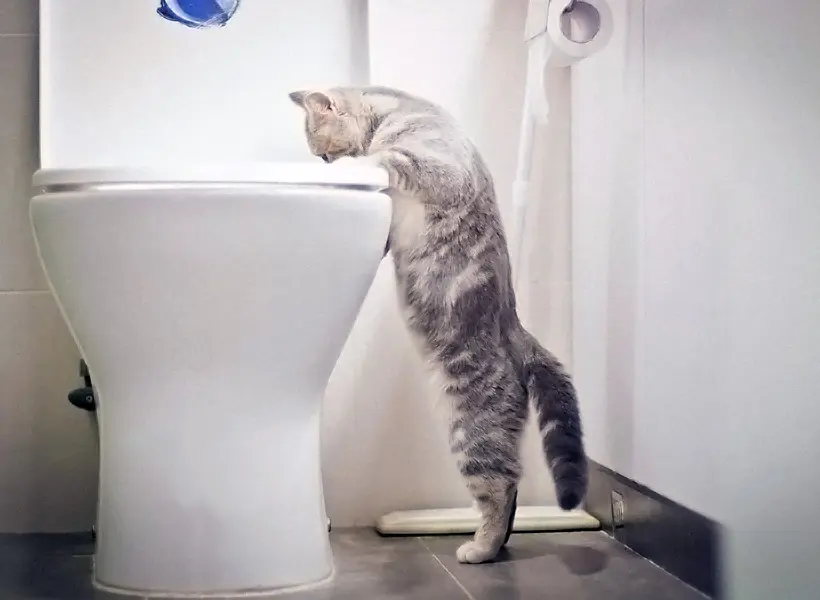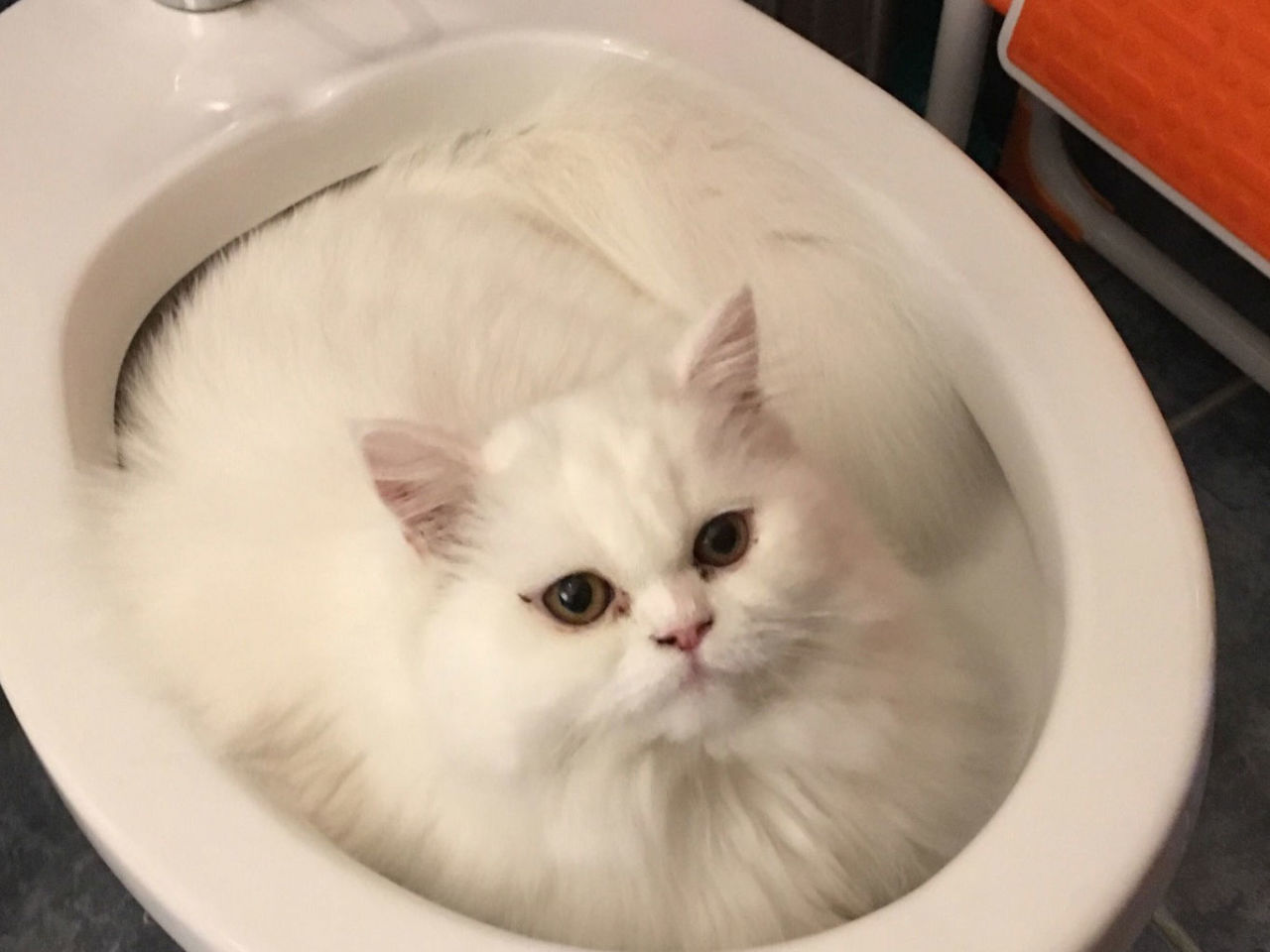Why Flushing Animal Waste Down the Toilet Is Harmful
Why Flushing Animal Waste Down the Toilet Is Harmful
Blog Article
We've discovered this article on 4 Reasons Why Dog Poop Cleanup is Important below on the internet and accepted it made perfect sense to relate it with you over here.

When it comes to disposing of waste, especially animal waste, lots of people often resort to the convenient option of flushing it down the commode. Nonetheless, this seemingly simple solution can have major consequences for the setting and public health. In this article, we'll check out why flushing animal waste down the bathroom is a negative concept and provide different methods for appropriate disposal.
Introduction
Correct waste disposal is essential for preserving ecological sustainability and public health. While it may seem harmless to flush animal waste down the commode, it can lead to numerous concerns, both for the setting and human health.
Risks of flushing animal waste
Ecological influence
Purging animal waste introduces dangerous microorganisms and microorganisms into rivers, which can adversely affect aquatic ecosystems. These pathogens can contaminate water sources and harm marine life, interrupting fragile communities.
Public health issues
Animal waste consists of hazardous germs such as E. coli and Salmonella, which can present severe health risks to human beings. Flushing pet waste down the commode can contaminate water products, causing the spread of illness and infections.
Alternatives to flushing
Rather than purging pet waste down the bathroom, there are several different disposal methods that are much more eco-friendly and sanitary.
Composting
Composting pet waste is an environment-friendly method to deal with it. By composting, raw material is broken down into nutrient-rich dirt, which can be utilized to feed gardens and plants.
Land fill disposal
Throwing away pet waste in a landfill is another alternative. While not as environmentally friendly as composting, it is a more secure option to flushing, as it stops the contamination of water resources.
Animal waste disposal systems
There are specialized pet waste disposal systems offered that securely and hygienically take care of animal waste. These systems commonly make use of enzymes to break down waste and eliminate odors.
Actions to proper pet garbage disposal
To make certain proper disposal of animal waste, adhere to these actions:
Scooping and landing waste
Frequently scoop and bag animal waste making use of eco-friendly bags. This stops waste from contaminating the atmosphere.
Using assigned waste bins
Dispose of bagged animal waste in assigned waste containers, such as garden compost bins or land fill bins. Stay clear of flushing it down the bathroom in any way expenses.
Cleansing litter boxes and pet dog locations consistently
Frequently clean can and pet dog areas to prevent the buildup of waste and bacteria. Use pet-safe cleaning items to preserve health.
Benefits of proper disposal methods
Embracing appropriate disposal approaches for pet waste supplies several benefits:
Lowered environmental pollution
Proper disposal approaches minimize the threat of environmental pollution, safeguarding waterways and ecosystems from contamination
Decreased threat of water contamination.
By avoiding flushing animal waste down the bathroom, the danger of water contamination is substantially lowered, securing public health.
Boosted hygiene and hygiene
Proper disposal methods promote far better hygiene and health, creating a more secure setting for both humans and animals.
Final thought
In conclusion, flushing pet waste down the commode is unsafe to the environment and public health. By taking on alternative disposal techniques and complying with proper waste management practices, we can lessen the adverse impact of pet waste and add to a cleaner, healthier earth.
What To Do With Dog Poo – The Do's And Don'ts Of Disposing Of Faeces
Dog poo bins
Some councils provide dedicated dog waste bins in popular dog-walking areas that can take dog poo that has been bagged but you can legally dispose of dog waste in any public litter bin, as long as it is securely bagged. This also applies to your wheelie bin at home.
Do not flush
Water companies do not recommend flushing dog faeces down the toilet because certain parasites can survive the water processing treatment and are potentially harmful to humans. You should also never consider flushing dog poo that has been bagged down the toilet as the bags will not break down and instead create severe blockages in the sewage system.
In the woods
The Forestry Commission promotes a ‘stick and flick’ method for dealing with waste in the woods. This means finding a stick and using it to flick any poo from off the path so that it is out of the way of other walkers. You could also bury it as long as it is not in an area where there might be livestock.
Livestock
Parasites found in dog poo can be transmitted to livestock if they inadvertently eat infected faeces that has been left on grazing land. This could result in the death of sheep or abortion in cattle so you should always make sure you pick up your dog’s waste in fields where livestock could be present.

We were shown that write-up on Why you should never flush dog poop down the toilet through someone on another blog. Sharing is good. You just don't know, you will be helping someone out. Thanks a lot for being here. Come back soon.
Start Now Report this page